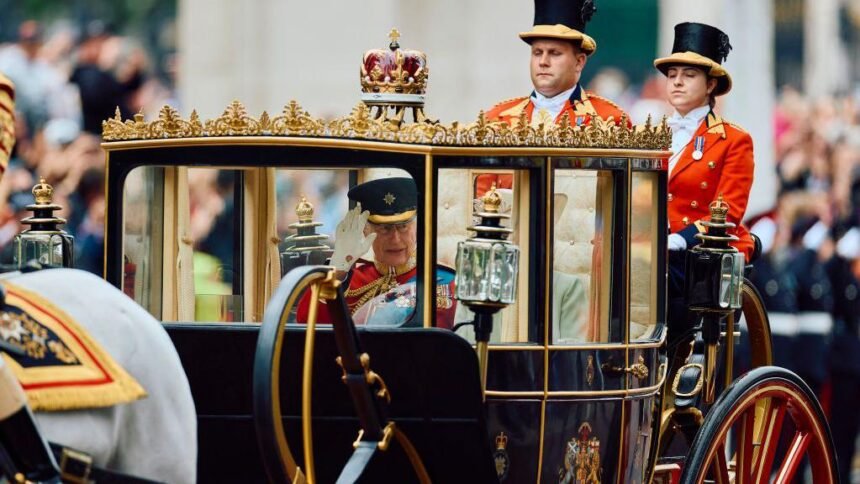Royal Air Crash Tribute Turns Ceremony into Solemn Memorial

This year’s Trooping the Colour ceremony, traditionally a grand and jubilant celebration of the monarch’s birthday, will carry a somber weight as King Charles III leads a Royal air crash tribute in honour of the recent Air India disaster victims. In a rare and moving gesture, senior royals participating in the parade will wear black armbands, marking a public show of mourning and solidarity. The tribute reflects the Royal Household’s recognition of the profound sorrow felt across both the UK and global communities affected by the tragedy.
King Charles Leads Royal Air Crash Tribute During Parade
Buckingham Palace announced that King Charles personally requested a minute of silence during the event, following his inspection of the troops. With this gesture, he aims to honor “the lives lost, the families in mourning, and all the communities affected by this awful tragedy,” reflecting his empathy and global awareness.
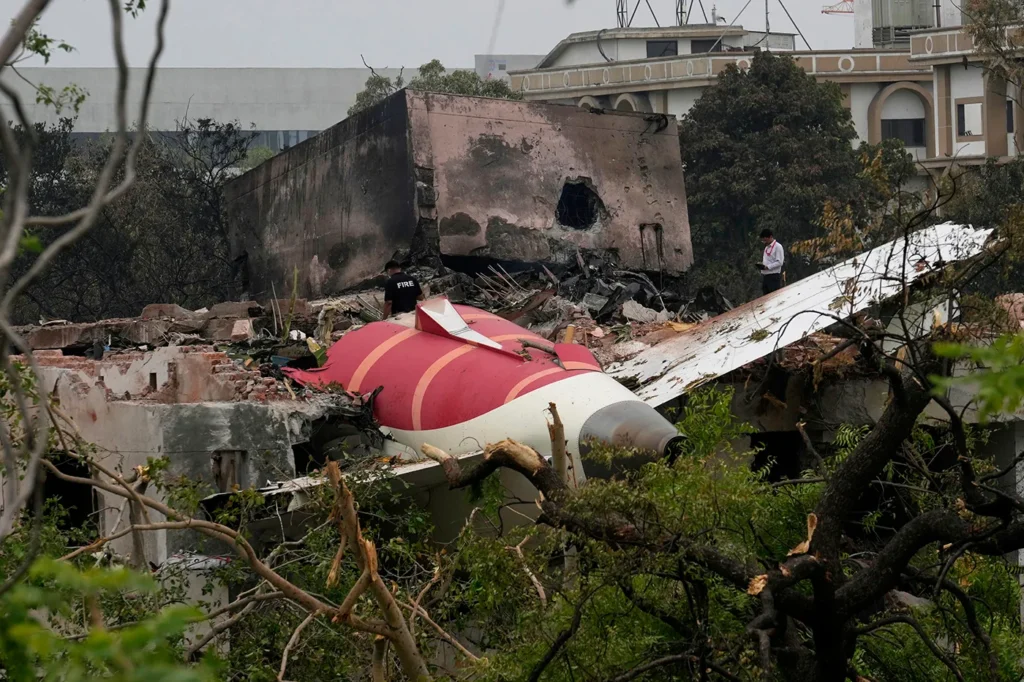
The Trooping the Colour air crash tribute will add new layers of meaning to a ceremony that already represents centuries of military pageantry and national pride. For a monarch undergoing cancer treatment, the King’s participation—albeit in a carriage rather than on horseback—is both symbolic and significant. It underscores his commitment to duty and unity during times of collective sorrow.
Royal Air Crash Tribute: Nation in Mourning with Armbands and Half-Mast Flags
To further emphasize the solemn nature of the tribute, royal staff have already lowered flags at royal residences to half-mast. Now, the addition of black armbands, worn by key figures in the parade, will visually demonstrate solidarity with those who lost loved ones in the crash.
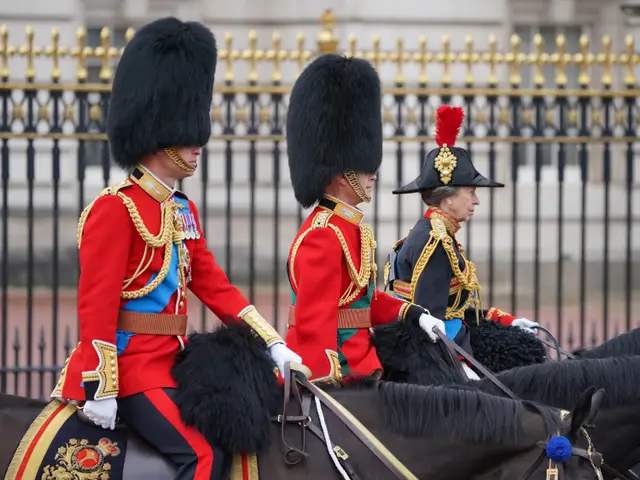
Royal coachmen, parade marshals, and military personnel in ceremonial dress—especially those in senior ranks like the Prince of Wales—will don the armbands. However, not all members of the Royal Family will be in uniform. Those attending in civilian attire may not wear armbands, but their presence will still contribute to the atmosphere of mourning and remembrance.
Honoring the Fallen Through National Ceremony
More than 1,350 troops will take part in this year’s parade, continuing a tradition that dates back to the 17th century. For centuries, the British Army has used Trooping the Colour to showcase regimental pride and unity. Each year, a different regiment has the honor of presenting its colors to the monarch, and this year, it is the Coldstream Guards who will march with their symbolic flags.
Despite the ceremonial nature of the event, the inclusion of the air crash tribute reaffirms the evolving role of the monarchy as a source of national reflection. The King’s message of condolence—sent shortly after the crash—expressed his shock and sadness over the incident, particularly mentioning the tragic scenes in Ahmedabad, where the crash occurred.
The Changing Face of the Monarchy in Times of Crisis
For King Charles, who has recently returned from a well-received visit to Canada and continues to undergo cancer treatment, the decision to carry forward with the event speaks to his resilience and enduring sense of responsibility. Although the King will travel by carriage instead of horseback, as he did in the previous year, his visible role at the center of the parade ensures continuity and national stability.
This moment also echoes his mother Queen Elizabeth II’s tradition of maintaining public appearances during challenging times—a quality that has come to define the British monarchy in the modern age.
The Royal Family’s Deepening Humanitarian Role
The integration of the Trooping the Colour air crash tribute reveals how the Royal Family is increasingly recognizing international tragedies as part of its humanitarian role. King Charles’s reaction to the crash was swift and heartfelt, with his message to affected families demonstrating a sincere commitment to global compassion.
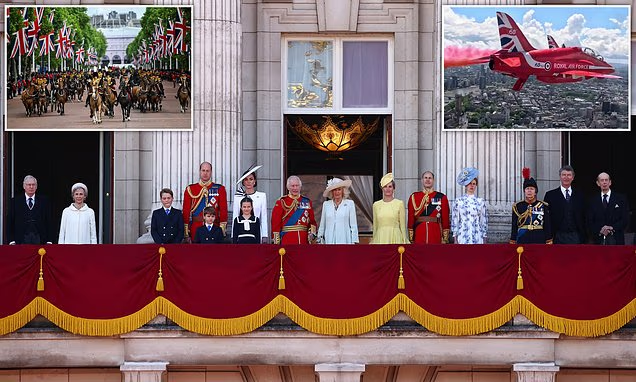
This growing emphasis on empathy was also seen last year when attention was focused on the Princess of Wales’s first public appearance after her own cancer diagnosis. The royal narrative is shifting—no longer only about pageantry, but about human connection, vulnerability, and shared national emotions.
A Ceremony Beyond Celebration
Although Trooping the Colour typically culminates in the dazzling Red Arrows flypast over Buckingham Palace and a festive gathering on the balcony, this year’s tone will be unmistakably subdued. While the flypast and balcony moment will still occur, they will follow a period of silence and reflection—a rare combination of joy and grief in the royal calendar.
The fact that the King’s actual birthday falls in November—yet the parade takes place in June to accommodate better weather—adds a poetic symmetry this year. The sunny skies and vibrant colors will contrast with the black armbands and bowed heads, illustrating how celebration and mourning can coexist in public life.
Legacy of Trooping the Colour: Evolving with Purpose
Over the centuries, Trooping the Colour has adapted from a purely military event to a broader symbol of national unity and royal presence. This year, it stands as a testament to the ability of public traditions to absorb and reflect the emotional needs of the nation.
As communities continue to grapple with the devastating loss from the Air India crash, the inclusion of this tribute at a state ceremony helps bring solace and visibility to grief. It also reinforces the monarchy’s ability to mirror the public mood and support healing through thoughtful symbolism.
A Day of Reflection, Honour, and Shared Humanity
The decision to integrate the Trooping the Colour air crash tribute into this historic event marks a significant and compassionate gesture from the Royal Family. More than just a ceremonial obligation, it is an acknowledgment of pain and loss felt deeply across borders and cultures.
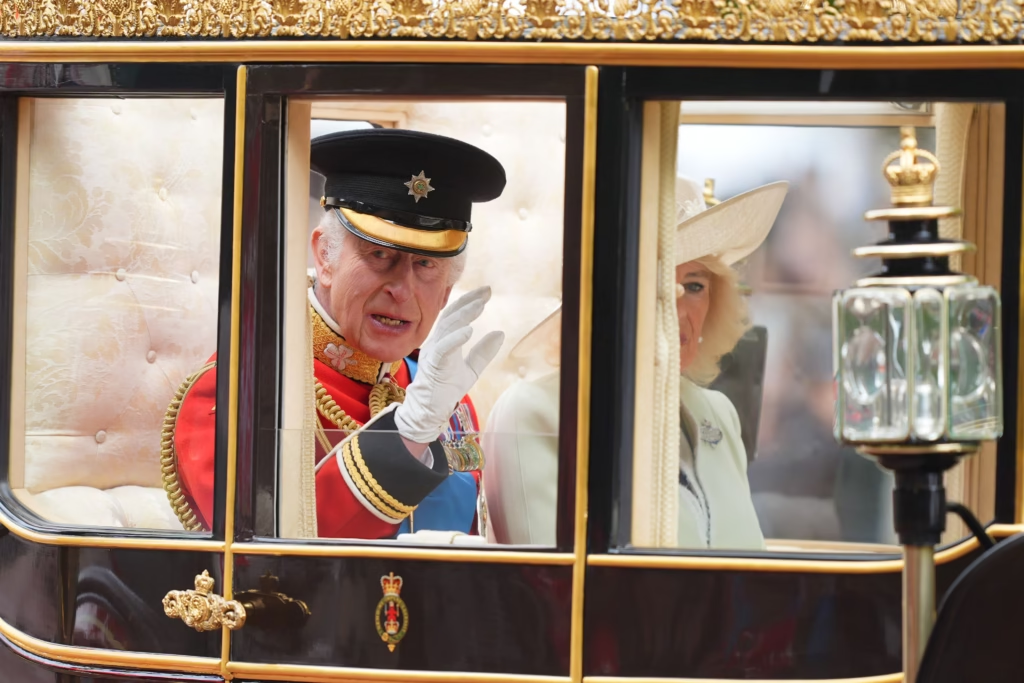
In doing so, the monarchy reminds us that even amidst grandeur, there is room for humility, empathy, and remembrance. This year, Trooping the Colour will not only celebrate the King’s official birthday but also stand as a national moment of solidarity with those whose lives have been forever changed.
